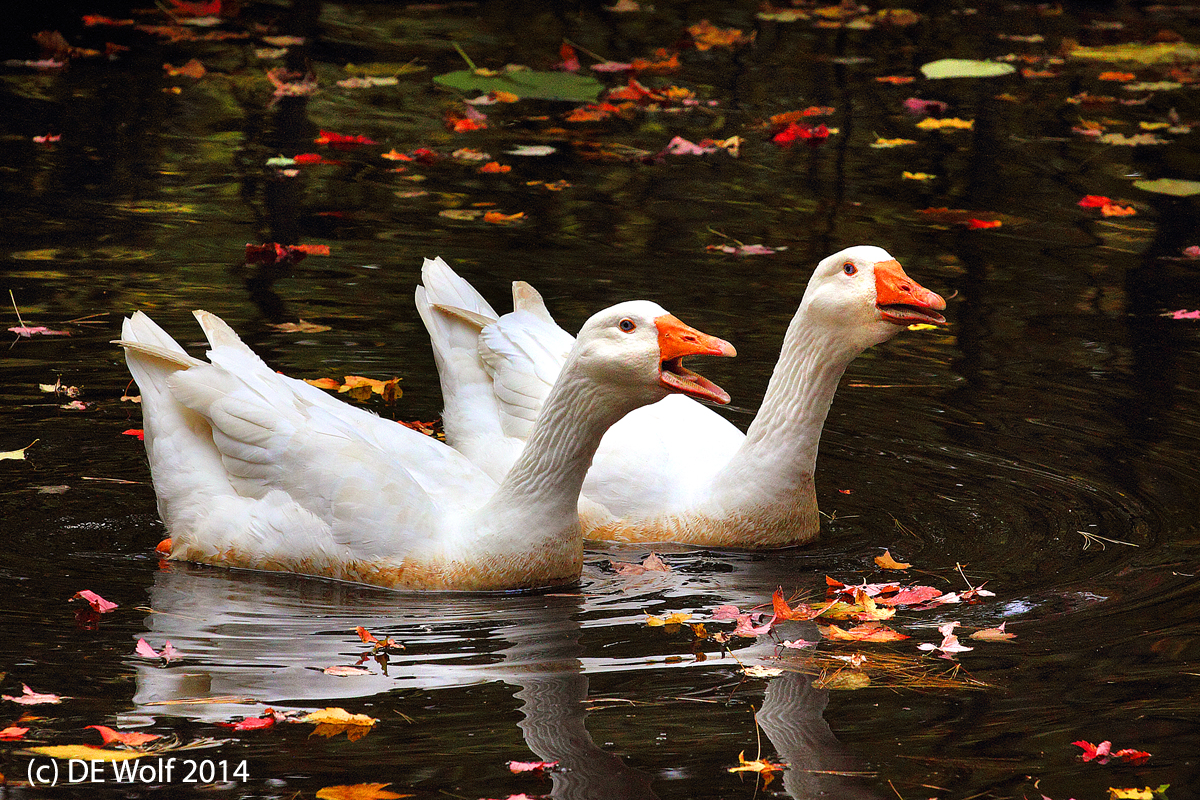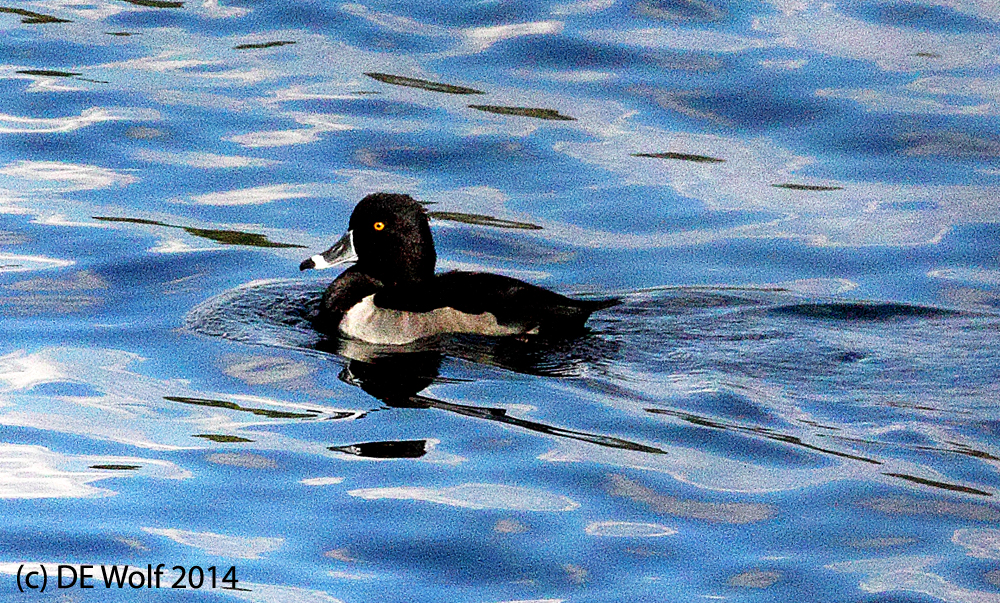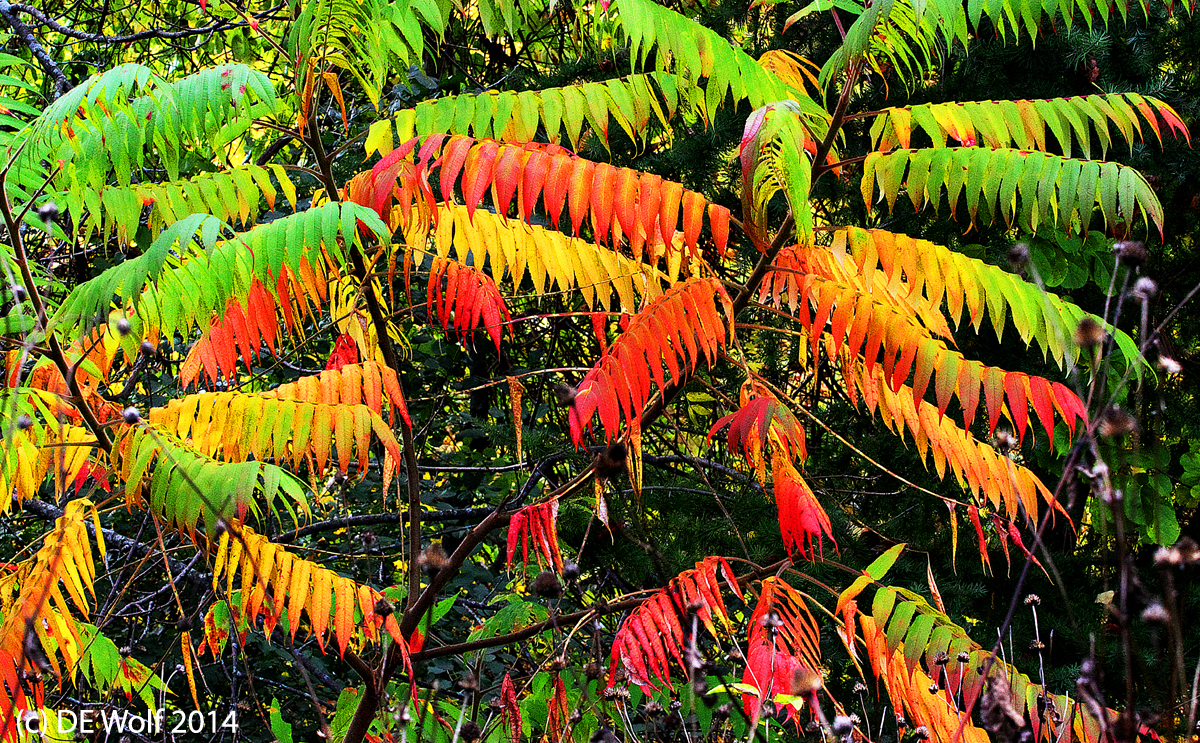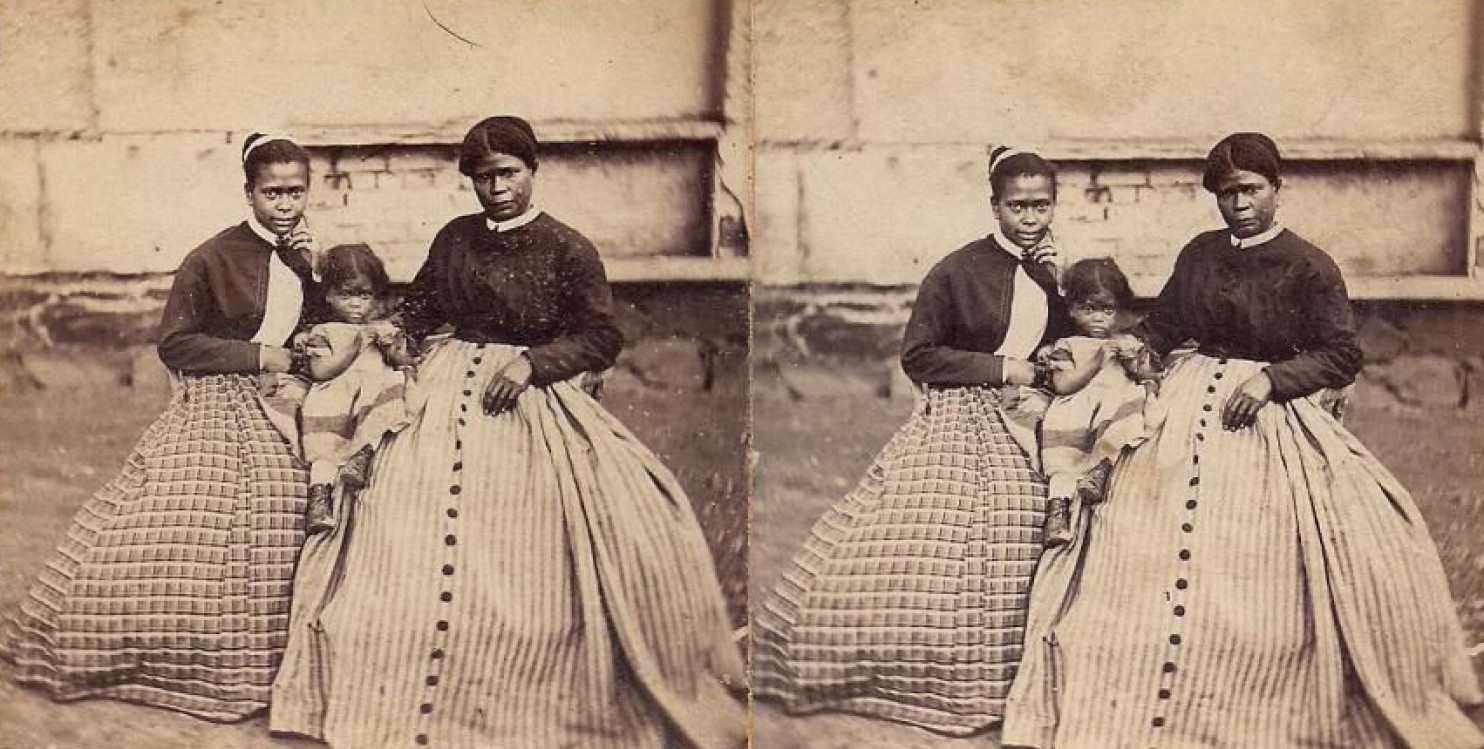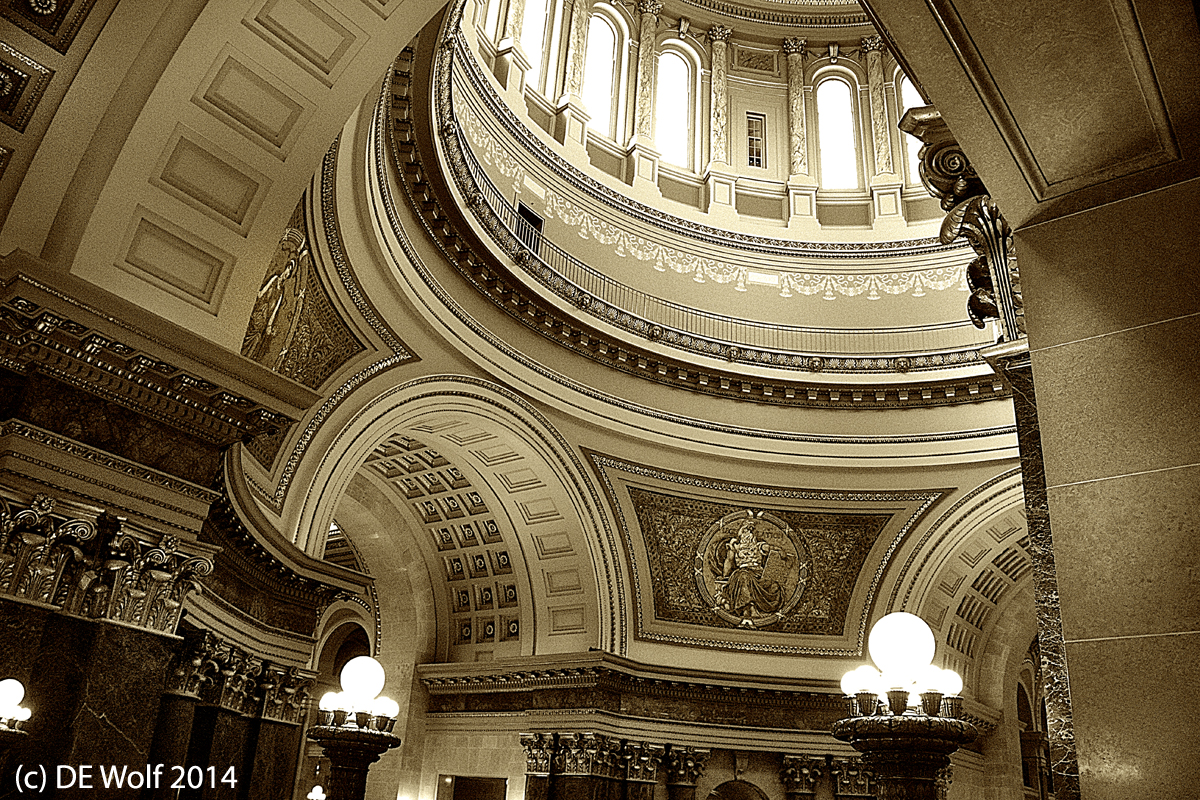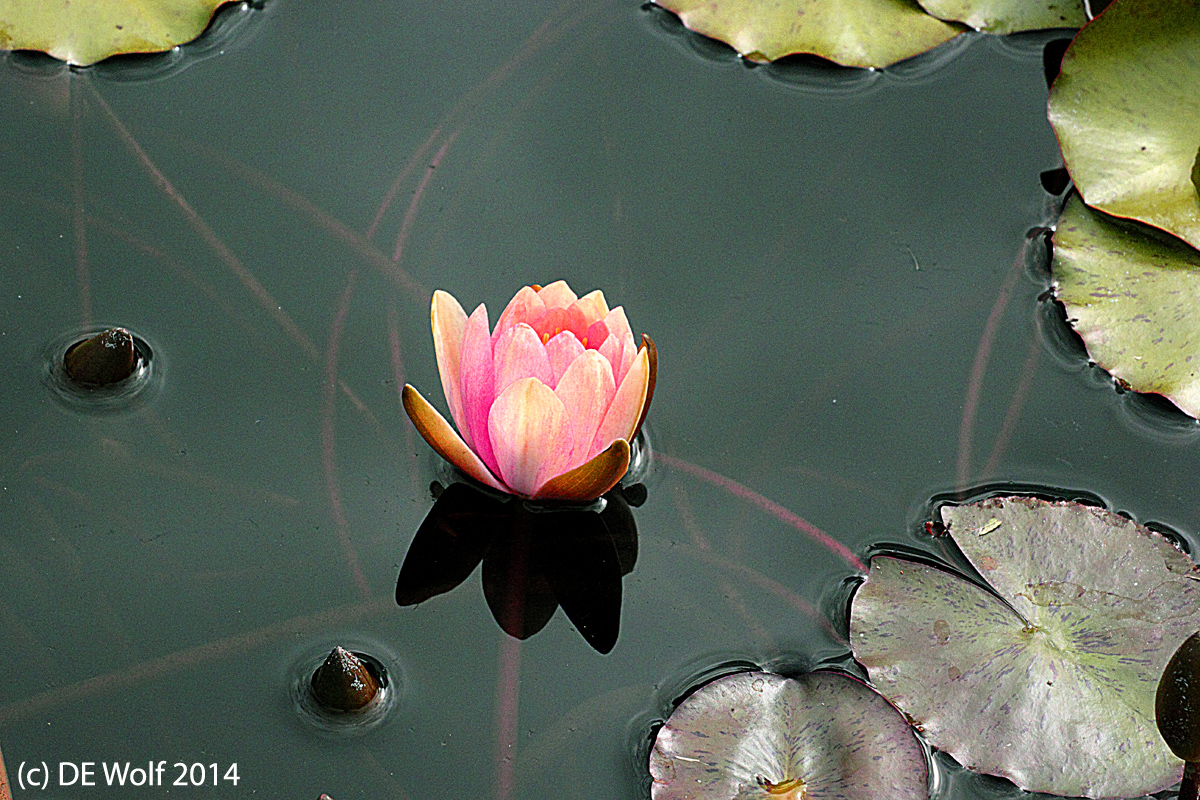
Figure 1 – An F/A-18 breaking the sound barrier. Image released by the USN with ID 990707-N-6483G-001 and taken by Ensign John Gay.
I was watching a piece on the news the other night about photographing jets breaking the “sound barrier” and in a geekish physicist sort of way I found this really cool. So I thought I would share one of these images with you. Figure 1 was taken by Ensign John Gay of the U.S. Navy in 1999 and shows an F/A-18 breaking the sound barrier. When a plane punches through the sound barrier, that is when it reaches a speed of equal to the speed of sound, or Mach 1, it creates a shock wave perpendicular to its direction of flight. What you are seeing here is that shock wave and the jet appears to be breaking through it– very cool!
The term “sound barrier” is a misnomer. Early on as planes approached this speed pilots had trouble controlling the aircraft against the turbulence and instabilities that the physics demands and thought that ity might be a physical barrier, forbidden by the laws of physics. This, of course, turned out not to be the case. And hence we dream of traveling faster than “warp 1” or the speed of light. We shall see, or someone may.
The history of “breaking the sound barrier” is intriguing. However, on October 14, 1947 in the Bell X-1 Chuck Yeager (of “The Right Stuff” fame) was credited with being the first man to break the sound barrier in level flight at an altitude of 45,000ft.
Interestingly, when you crack a bullwhip. The snapping sound that you hear is the shock wave created as the tip reaches the speed of sound. But let’s not stop there. It is, in fact believed based on computer models of biomechanics, that as early as 150 million years ago certain long tailed dinosaurs such as Apatosaurus and Diplodocus may have been able to flick their tails at supersonic velocities. Now that would have been an intimidating sound!

